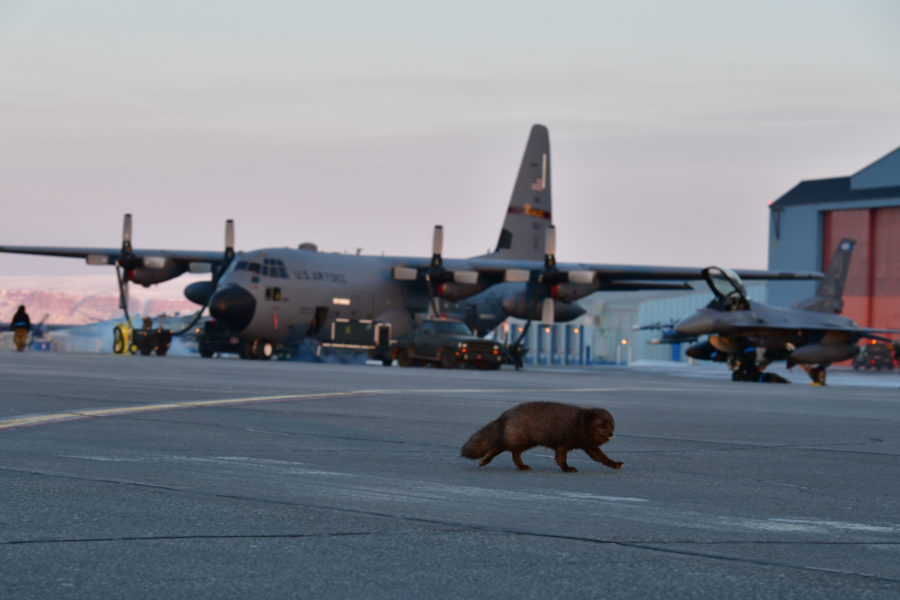U.S., Canadian, and NATO aircraft trained together during Exercise Amalgam Dart to quickly position aircraft and protect the northern airspace as the Arctic becomes increasingly important.
A total of 27 aircraft and about 500 personnel trained together at multiple bases in Canada, Greenland, and the northern U.S. for a “multi-domain approach to Arctic security,” the Canadian NORAD region said in a statement.
“NORAD is committed to working with its allies and partners to strengthen global stability and security as we now face a much broader range of threats that are testing our security, and require innovative and tailored defenses,” said Royal Canadian Air Force Maj. Gen. Eric Kenny, commander of Canadian NORAD Region. “Exercise Amalgam Dart provides both Canadian and U.S. forces the opportunity to maintain and build on our capabilities.”
USAF F-16, KC-10, KC-46, KC-135, C-130, and C-17 aircraft participated in the exercise. Canadian aircraft include CF-18, CP-130 patrol aircraft, CC-130 tactical airlift and search and rescue aircraft, CC-150T aerial refuelers, and CH-149 Cormorant helicopters. A NATO E-3 AWACS also participated.
Aircraft deployed to Thule Air Base, Greenland, for the exercise and then operations extended from there to the Beaufort Sea north of Alaska and Canada, and Eastern Canada down to the coast of Maine.
NORAD declined to detail the specific scenarios involved in the exercise, but said it was designed to “address emerging challenges and emerging capabilities.”
“Ultimately, we seek an Arctic region that is stable and free of conflict, where nations act responsibly in a spirit of trust and cooperation,” the command said in a statement. “During Exercise Amalgam Dart, NORAD worked collaboratively with not only commands like Canadian Joint Operations Command, but all stakeholders in the Arctic region, including NATO, Greenland, and Indigenous communities and towns, underlining existing relationships while extending our capabilities into the High Arctic.”
The Air Force is placing a growing emphasis on the region, following the release of its first-ever Arctic Strategy last year.
